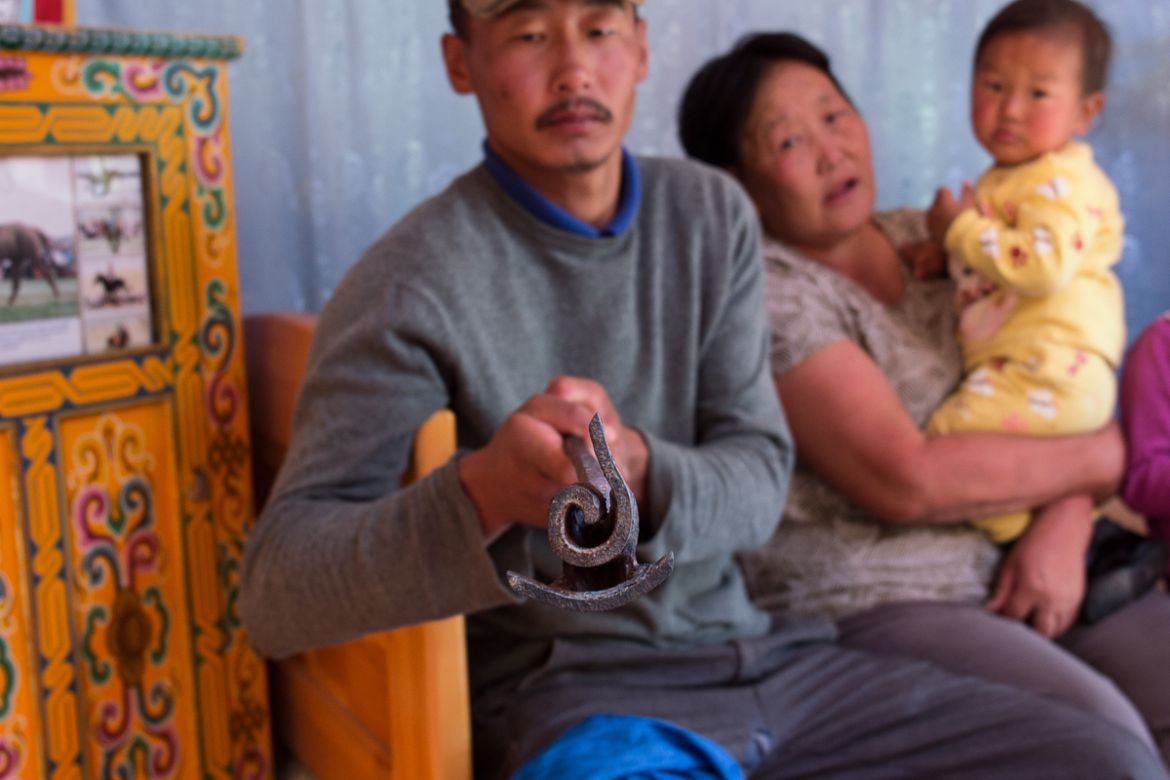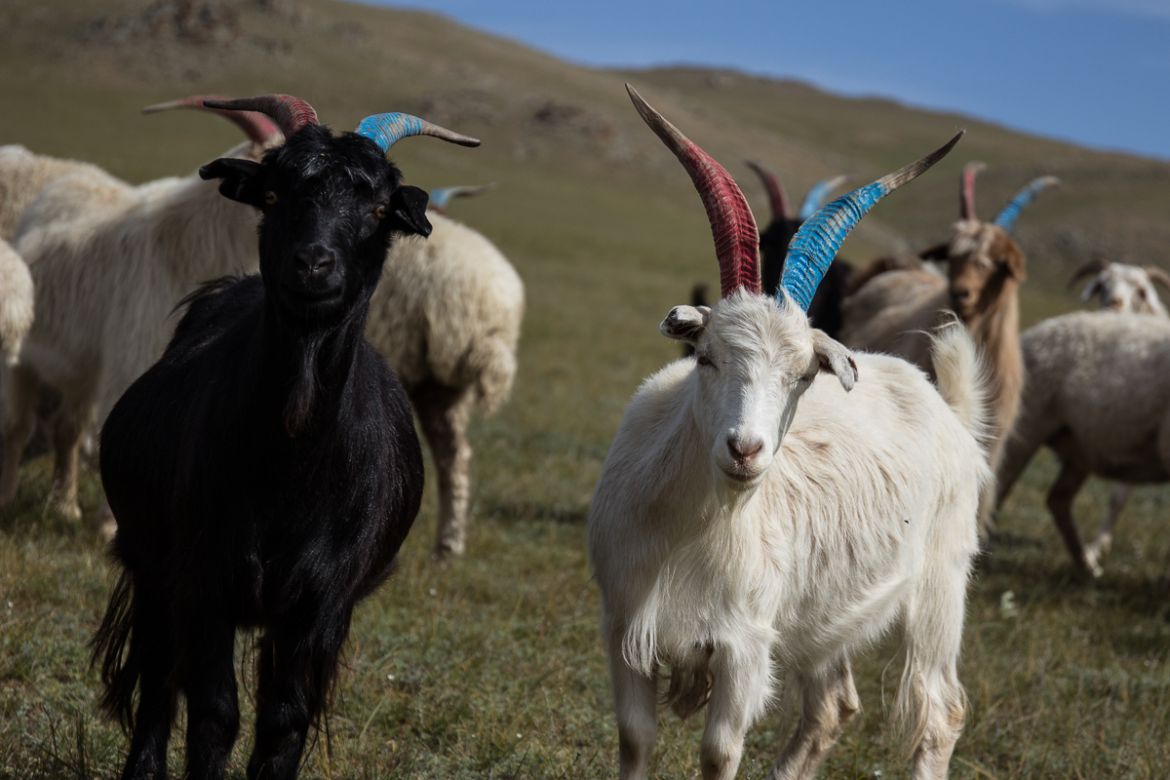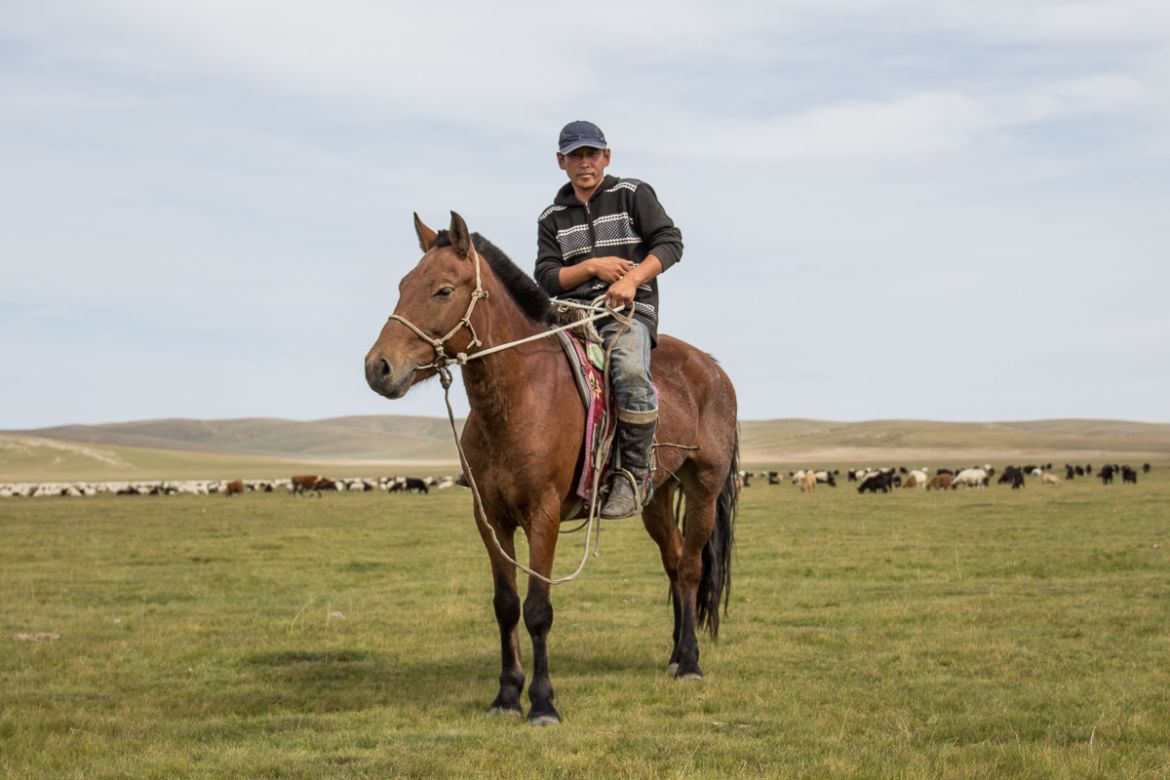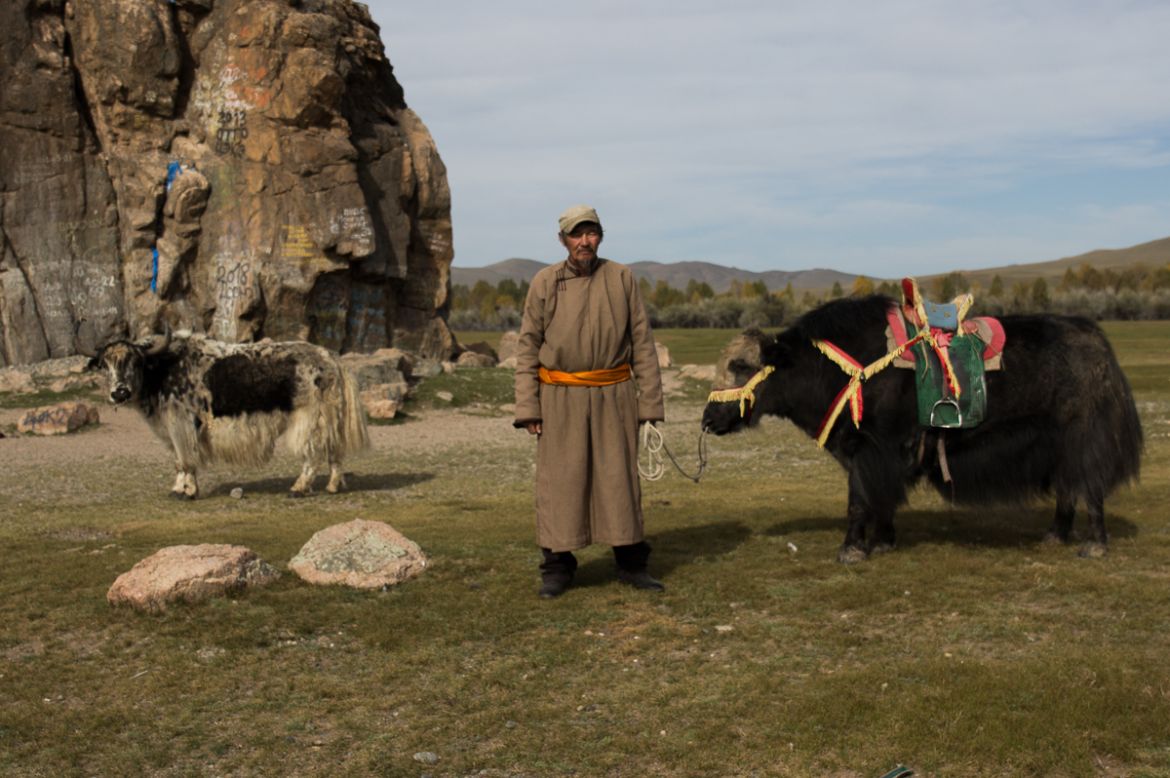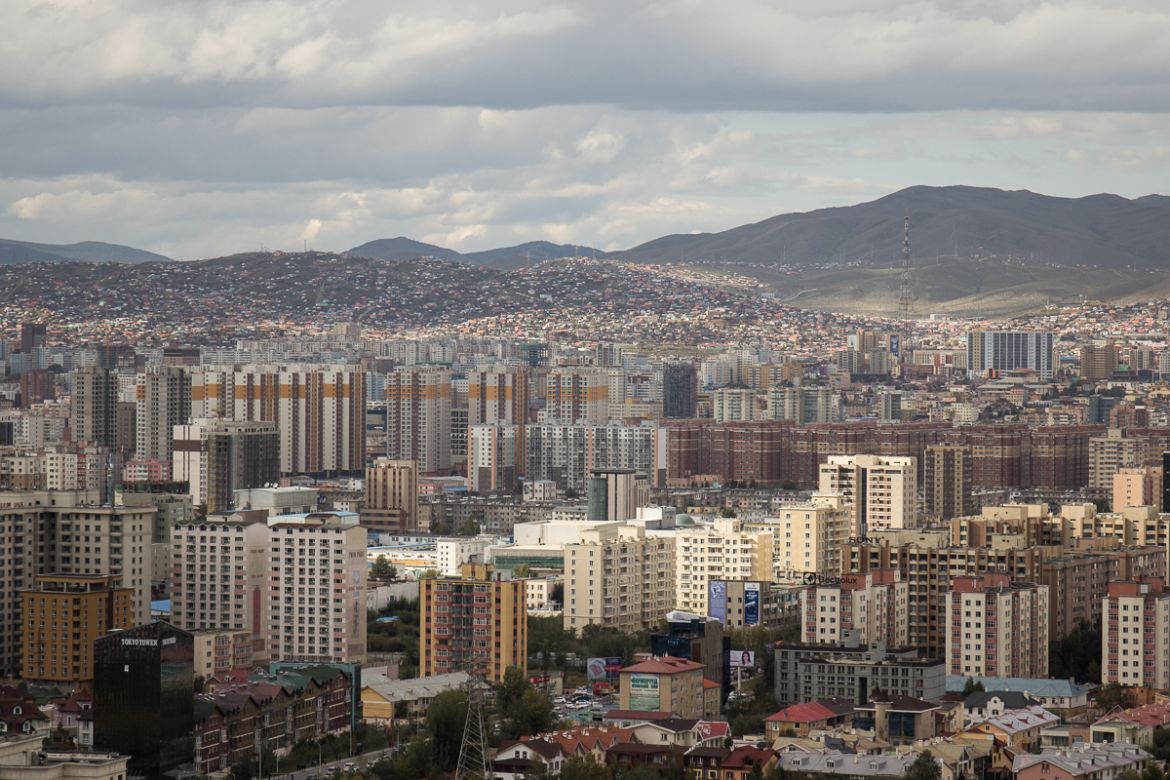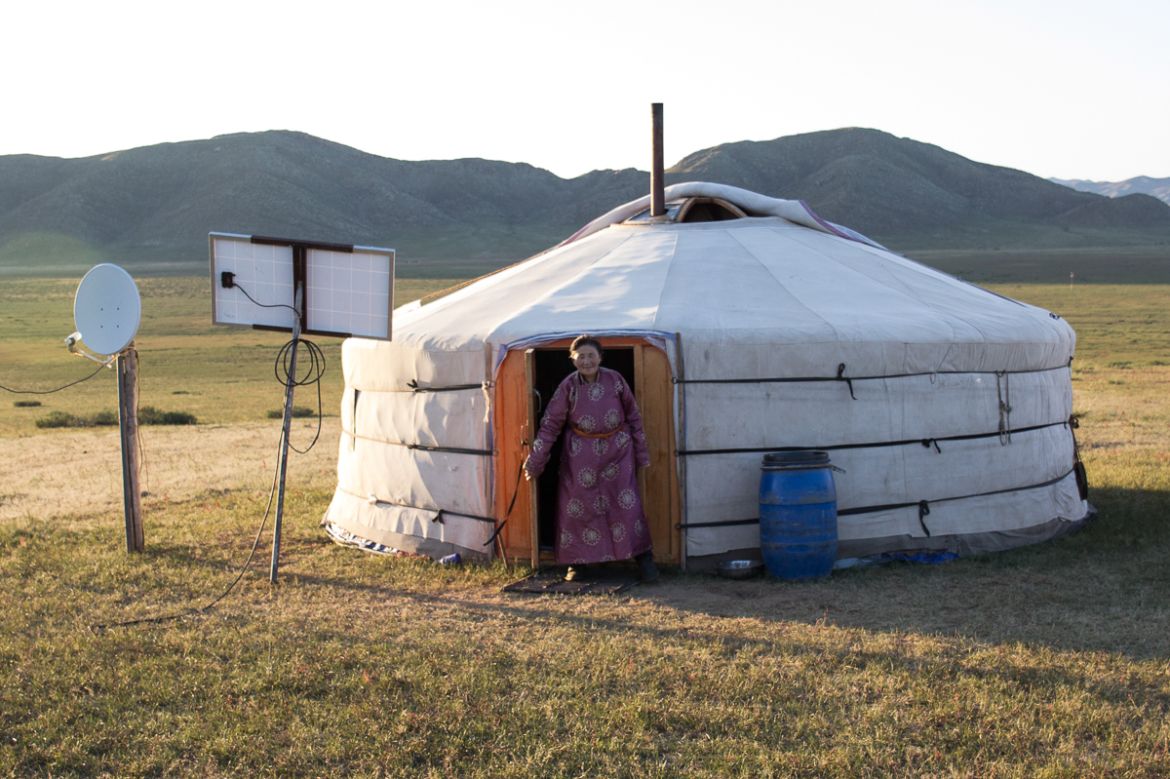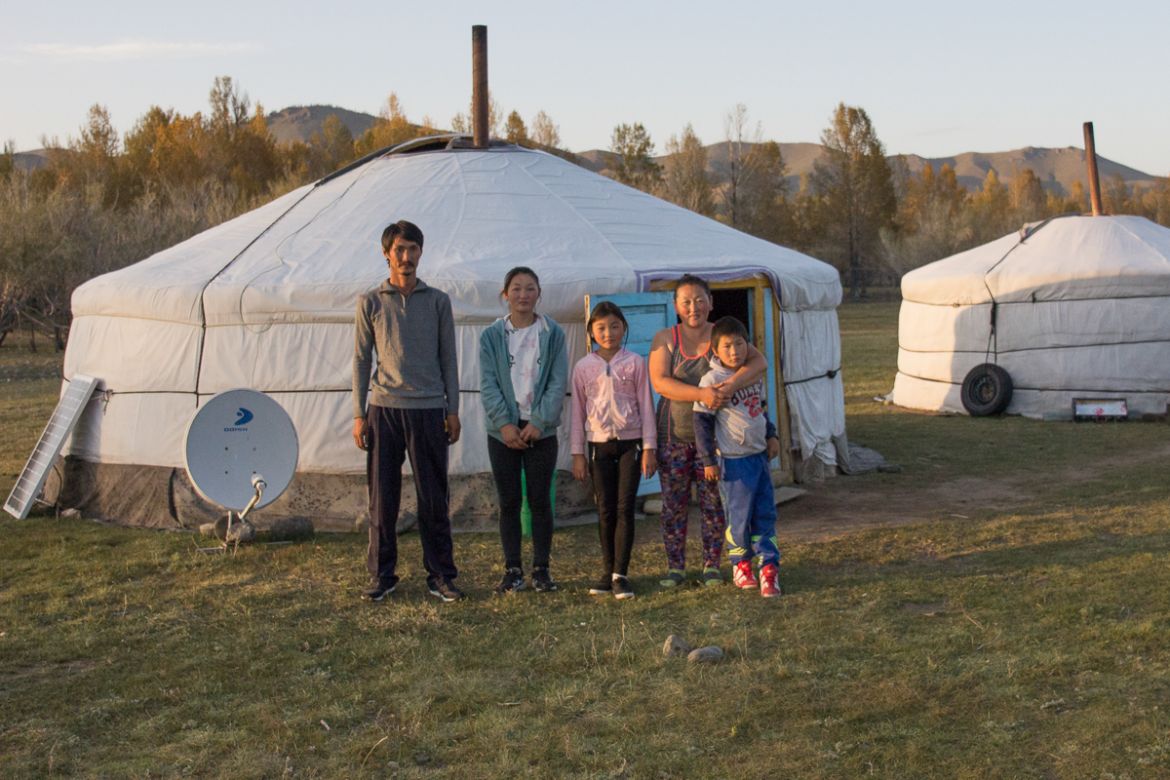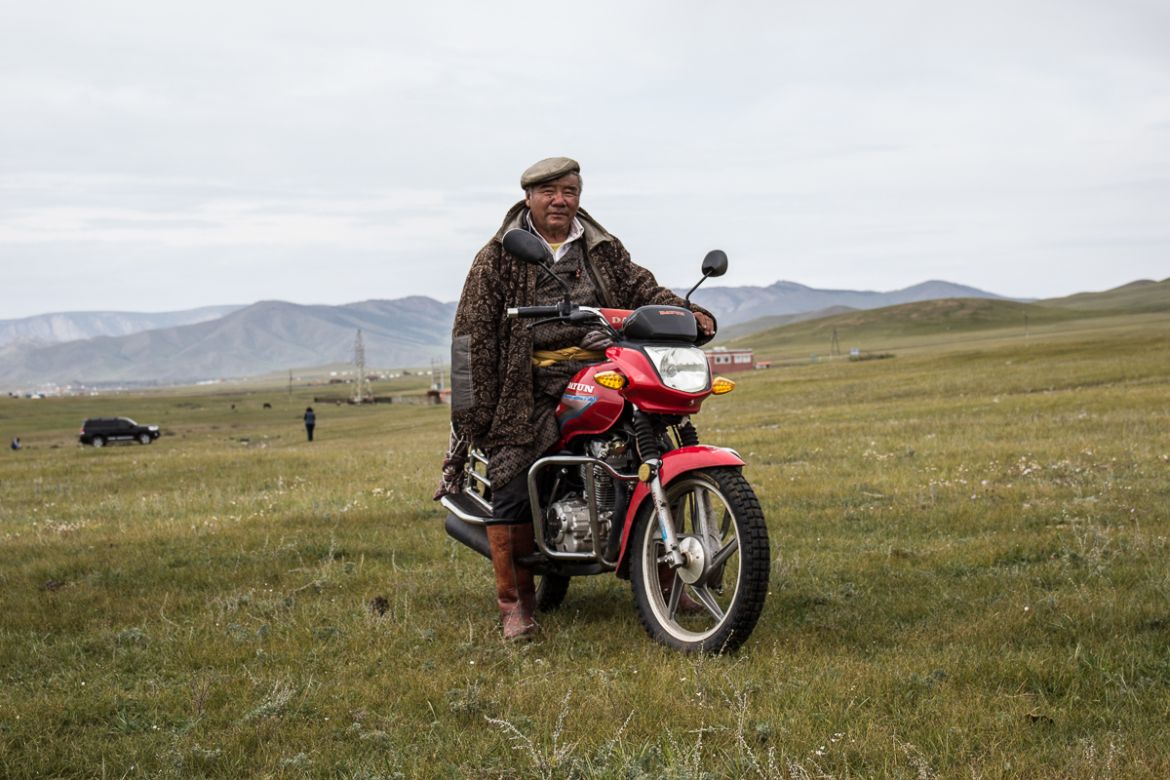In Pictures
In Mongolia, using new science to preserve traditional lifestyles
Herders are attempting to stop the degradation of grass upon which their animals depend.

Ulaanbaatar, Mongolia – Since it emerged from Soviet rule in the early nineties, Mongolia’s vast grasslands have fallen into decline.
Under communism and the planned economy, the number of animals that lived on the steppe was tightly controlled. Today, however, under Chapter 52 of Mongolia’s pasture management law, the steppe has been opened to all and there is no limit to the number of animals herders keep.
Overpopulation of livestock and the effects of climate change mean grass on the steppe, which animals eat to survive, is becoming thinner year on year. The nomads who have herded animals on horseback for centuries are finding it harder to keep their animals, the main source of their livelihoods, fed properly.
With their livelihoods at risk, some are being forced to the capital, into Ulaanbaatar’s “Ger districts”.
Approximately 60 percent of Ulaanbaatar’s population is crowded into these areas, which often lack basic sanitation, running water and enough places in local schools.
But some herders are bucking the trend of moving to the city and are fighting to bring about changes that could save the steppe from further degradation.
With some help from schemes supported by the UN Food and Agriculture Organisation (FAO), The Swiss Development Agency and the Global Agenda for Sustainable Livestock, groups of herders are attempting to show how proper management of the grassland can stop the degradation.
Their work has acted as a template for a proposed change to the Chapter 52 law that could see the grasslands begin to recover and the herders’ nomadic way of life continue in one of the few parts of the world it still exists.
